Hi,
This is the first of a new series of newsletters where I’ll recommend a few films that work well when watched as a pair. Inspired by the mostly-extinct double feature cinema screening.
Obviously most people don’t have the time or desire to watch movies back-to-back, but I love watching pairs or groups of films in the same week or month that have a narrative, thematic or stylistic connection. I think this gives me a better understanding of what the films are trying to say, or why they were made, and having that makes for a fuller and more enjoyable viewing experience.
Firstly some good news - David Lynch’s films have finally worked their way back on to UK streaming platforms (including free-to-air channels like BBC iPlayer, Channel 4 & ITV), so I have updated the Beginner’s Guide to his Filmography I wrote a few weeks ago with that info.
No music in this letter, so if you’re looking for some albums or a playlist, click below to read last week’s letter.
If you missed any of my previous letters, or want to find some other music or films, you can find them in The Odhracle Archive.
Please like & subscribe, share with anyone who would enjoy, and let me know what you think of any of the recommendations in the comments below.
Much love, Odhrán x
TV & Film - Double Features
‘U WOT MATE
A pair of British gangster movies - one a foundational text for all modern British gangster movies, and the other which was unduly overshadowed by the commercial and cultural impact of Guy Ritchie’s phenomenal turn of the Millennium films.
The Long Good Friday (1980)
Genre(s): Crime, drama & thriller.
UK Streaming: Amazon Prime & Channel 4
The Odhracle Rating: 4 stars.
The late Bob Hoskins (who you may remember as the gruff P.I. in Who Framed Roger Rabbit (1988)) stars as Harold Shand, a London crime lord seeking to legitimise his business interests, alongside Helen Mirren in her breakout role as his girlfriend and business partner Victoria.
Set in bleak late ‘70s London, the film shows glimpses of British gangland - inspired by classics like Richard Attenborough’s Brighton Rock (1948) and Michael Caine’s Get Carter (1971), and itself was clearly influential to the British gangster movies and TV shows that came along 20 years after its release.
Whilst that worldbuilding and the script writing tropes created by this film are great, it’s the performances of Hoskins and Mirren that stand out. Shand is equal parts whimsical and charming as he is vile, racist and menacing, and is perfectly balanced by Victoria’s cool and calm demeanour.
Strand’s enforcer “Razors” (played by P.H. Moriarty, who would later play crime boss “Hatchet Harry” in Lock, Stock and Two Smoking Barrels (1998)) is also great, and along with Strand established now long-standing British gangster hardman archetypes.
The plot is a bit ludicrous at times, but the hubris shown by Strand immediately prior to the climax is hilarious in the context of the UK’s 2025 political climate.
Sexy Beast (2000)
Genre(s): Crime, thriller & black comedy.
UK Streaming: Channel 4.
The Odhracle Rating: 4.5 stars.
The directorial debut of Academy Award Winner Jonathan Glazer (Zone of Interest (2023)), Sexy Beast stars Ray Winstone as Gal, an ex-gangster living out his retirement on the Costa Del Sol, who’s visited Don (played by Ben Kingsley), a psychopathic former associate of Gal who wants him to take part in a bank robbery planned by a London crime boss (played by Ian McShane). All three actors put in arguably career-best performances.
It’s great to see Winstone outside of those horrid betting adverts, and he injects humour and emotion into the film in a subtle Gandolfini-like performance. Winstone’s soft approach stands stark beside Kingsley’s, who dials it up to 11 in a ferociously physical performance. McShane sits somewhere between the two, with a brooding menace which requires little action to affect because of the anxious atmosphere created by Kingsley and Winstone.
Absolutely braindead decision to release this movie (which had a box office of $10 million on a $4 million budget) just 4 months after Snatch (2000) ($83 million on a $10 million budget). I can only conclude the disparity in commercial success is why so many people my age were entirely unaware of this film in our teens, in contrast to the Ritchie movies that we watched incessantly.
It’s hard to watch this without comparing it to Lock, Stock and Snatch, and whilst they’re both more stylized and probably funnier, there’s quality in the acting and shot composition in Sexy Beast that Ritchie’s pair could only dream of.
Coming of Age in a World of Crime
Both coming of age stories, one set in a Parisian banlieue and the other in a Brazilian favela, each film explores the impact of growing up in poverty, and how that leads to being exposed to and engaging in criminal behaviour, both petty and extreme. The scale used to tell each story is vastly different - the French counterpart taking place in a 24 hour period, whilst the Brazilian half sprawls over two decades.
La Haine (1995)
Genre(s): Drama & crime
UK Streaming: BFI Player
The Odhracle Rating: 5 stars.
La Haine (‘hate’ in English) begins the morning after a night of rioting, triggered by the police beating a young man from a council estate into a coma. The film follows three of his friends, Vinz, Hubert and Saïd, each from immigrant families (of Eastern European Jewish, African and Arab-African descent respectively) throughout their day as they process what happened, and argue what the appropriate response is.
On one end of the spectrum Vinz (played by Vincent Cassel in his breakout role) wants revenge against the police, on the other end Hubert is entirely philosophical about it, whilst Saïd acts as a peacemaker between them.
On the surface, La Haine is a hangout movie in the lineage of Dazed and Confused (1993) & Friday (1995). But where hangout movies are typically straight comedies, La Haine balances that laidback vibe with tension ratcheted up to boiling point through its engagement with serious themes. In this sense it’s similar to Spike Lee’s classic Do The Right Thing (1989), which La Haine’s director Mathieu Kassovitz cites as an influence.
Like Spike Lee’s film, La Haine tackles police violence, racism, classism and civil disobedience. Widely considered as one of the most important films of all time, La Haine remains as culturally significant now as it was in the mid ‘90s, particularly with the emboldening of racist fascists across the western world.
I put off watching this film for years - I always wanted to catch it in the cinema, or watch it with a specific group of mates - but earlier this year about 10 minutes into my finally putting it on, I instantly regretted all the years I spent not watching this movie.
City of God (2002)
Genre(s): Drama & crime
UK Streaming: Rental only.
The Odhracle Rating: 4.5 stars.
Set in the Cidade de Deus, a favela suburb of Rio de Janeiro, the eponymous film tells the story of the the rise of a sociopathic Lil Z (played by Leandro Firmino in all-time villain role) from early childhood to controlling the drug trade of the City of God, through the (literal and figurative) lens of budding photographer Rocket, the sympathetic protagonist.
There was only one professional actor in the entire cast - everyone else was recruited via casting calls through various favelas, including hundreds of children. This, along with the movie being shot on 16mm film, and much of the action sequences being improvised, lends a tangible authenticity to the film, something often lacking in the gangster movie sub-genre.
The casual violence (albeit mostly off-screen or implied) perpetrated by some of the main characters is harrowing, particularly given the age of those carrying it out, and portrays the lived reality of children growing up in gang-controlled favelas, and cyclical nature of the violence they’re exposed to.
Where La Haine examines the impact of growing up under structural state-perpetrated racist oppression, and the criminal environment that inevitably leads to, City of God instead focuses on the experience of childhood in a culture of crime, drugs and violence created by extreme poverty and state neglect.
Nominated for 4 Academy Awards, the only thing that holds the City of God back from perfection is that I’ve never emotionally connected with Rocket in the same way as I did, for example, with any of three protagonists in La Haine. However the tension and world-building in City of God is so excellent, this is barely an issue.
The burden of sin & crime as a metaphor
Often when any application of morality is applied to the protagonists of a crime movie, it’s as simplistic as “crime is bad, actually”, or “crime is bad, actually, but it’s worse when the police do it”. They often stop short of examining the emotional or spiritual consequences that the protagonist suffers for their moral failing, and where they do, it’s usually in the context of extreme violence where the moral grey area is minimal (like Michael Corleone’s moral decay, or Tony Soprano’s guilt-laden dreams).
Both of these films do examine such consequences, but in the context that their protagonists’ sins (pickpocketing and tomb-raiding respectively) exist more in that moral or spiritual grey area.
I also enjoy when the actual perpetration of a crime is used as a metaphor to communicate thematic messaging - a nice departure from the more pulpy nature of most films in this genre, something both of these films do in different ways.
Pickpocket (1959)
Genre(s): Drama & crime.
UK Streaming: BFI Player
The Odhracle Rating: 4.5 stars.
Martin LaSalle, who was not an actor prior to his casting in this film, stars as Michel, an unemployed Parisian who eschews the employment opportunities that his friends find for him as “beneath him”, and instead embarks on a career as a pickpocket.
Written and directed by legendary French director Robert Bresson, the film follows Michel learning to be a pickpocket, as he avoids visiting his ailing mother, and discusses the morality of his new-found career with his friends and a police chief inspector.
Michel is heavily inspired by the protagonist of Dostoyevsky’s Crime and Punishment, who’s moral view at the outset of the novel is that crime (in that case, murder) is morally acceptable if the ends justifies the means - the ends being the achievement of the goals of “superior men”. Michel parrots a somewhat undercooked and superficial version of this outlook early in the film.
On the surface the film is a Catholic parable engaging with Michel’s moral outlook, but it’s laden with subtext of the act of pickpocketing being a metaphor for repressed homosexuality (itself a sin in the eyes of the Catholic Church). This is primarily communicated through the pickpocketing montages, which aside from being slickly shot and influential on modern heist movies, mostly victimise men, have a distinct sensuality to them in the closeness and intimacy with which they’re shot. Michel is also taught to be a pickpocket by a more experienced man (a common lived experience for young gay men), and the suppressed, secret and hidden nature of the act mirrors the experience of being a homosexual in western society at the time.
A countless number of legendary filmmakers consider Pickpocket to be a masterpiece and a critical influence, such as Paul Schrader, Martin Scorsese, Christopher Nolan, Werner Herzog and the entire French New Wave.
La Chimera (2023)
Genre(s): Crime, drama & fantasy.
UK Streaming: Mubi
The Odhracle Rating: 4 stars.
The fourth feature film by Italian director Alice Rohrwacher, La Chimera (meaning the “The Impossible Dream”) stars Josh O’Connor (Patrick from Challengers (2024)) as Arthur, a former British archaeologist.
Arthur, along with his Italian friends, take part in the “La Grand Razzia” or “The Great Raid” - a 1980s phenomenon where “tombaroli” (Italian grave robbers) raided and stole artefacts from Etruscan tombs. Etruscan relics were historically considered sacred, but late 20th century capitalism created a black market for them, which Rohrwacher describes as “the moment capitalism becomes a part of us all.”
Arthur, returning to Tuscany after imprisonment, searches for both tombs and his lost (or possibly deceased) girlfriend Beniamina. Rohrwacher’s films are often described as “magical realism”, being films set in our lived reality but with fantastical elements. La Chimera is no different - it has a dreamlike quality throughout and Arthur, in his crumpled ecru linen suit, is painted as a mystical figure with a divine gift to locate tombs.
La Chimera frequently shifts in tone; from comedy to fantasy to emotional drama, introducing surrealism and then taking it away, switching camera film frequently giving scenes different visual textures and communicating different emotions.
La Chimera is the final third of what Rohrwacher calls an “involuntary trilogy” (along with The Wonders (2014) and Happy as Lazzaro (2018)), where the films aren’t connected by plot but by each asking the question “what to do with the past?”. La Chimera asks who owns our past, and who has a right to it? Is engaging in behaviour like that of the tombaroli representative of moral and spiritual decay, or an understandable response to the strain of living under capitalism?
Although O’Connor is magnificent, the film also stars the great Isabella Rossellini as Beniamina’s mother, growing old in a manor house which is falling down around her, and Carla Duarte as her live-in singing student - who are both excellent.

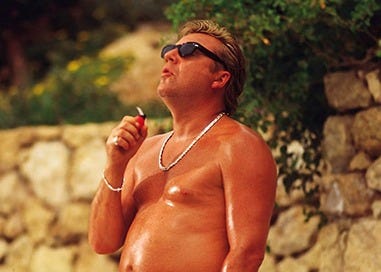




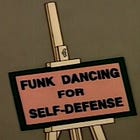

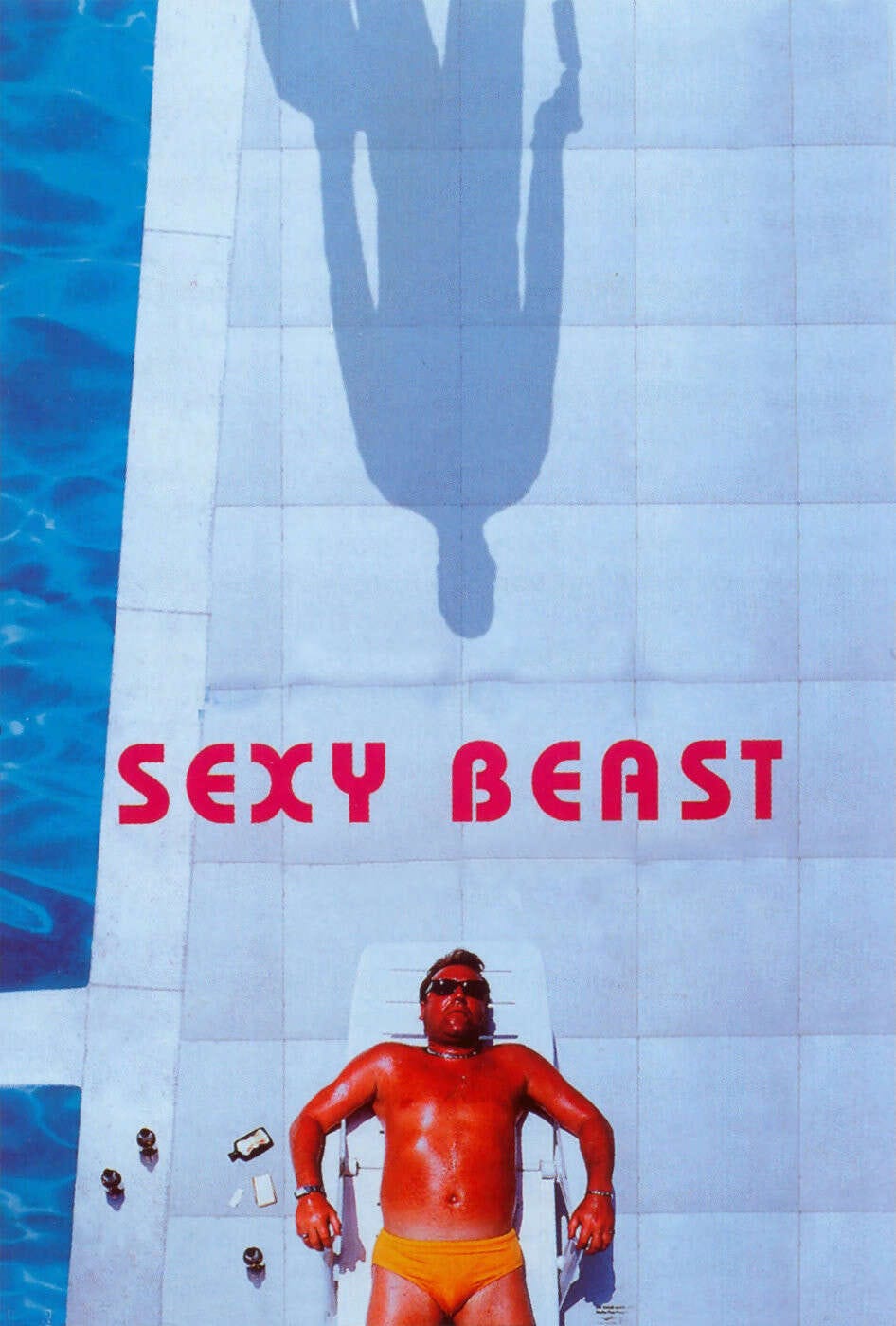
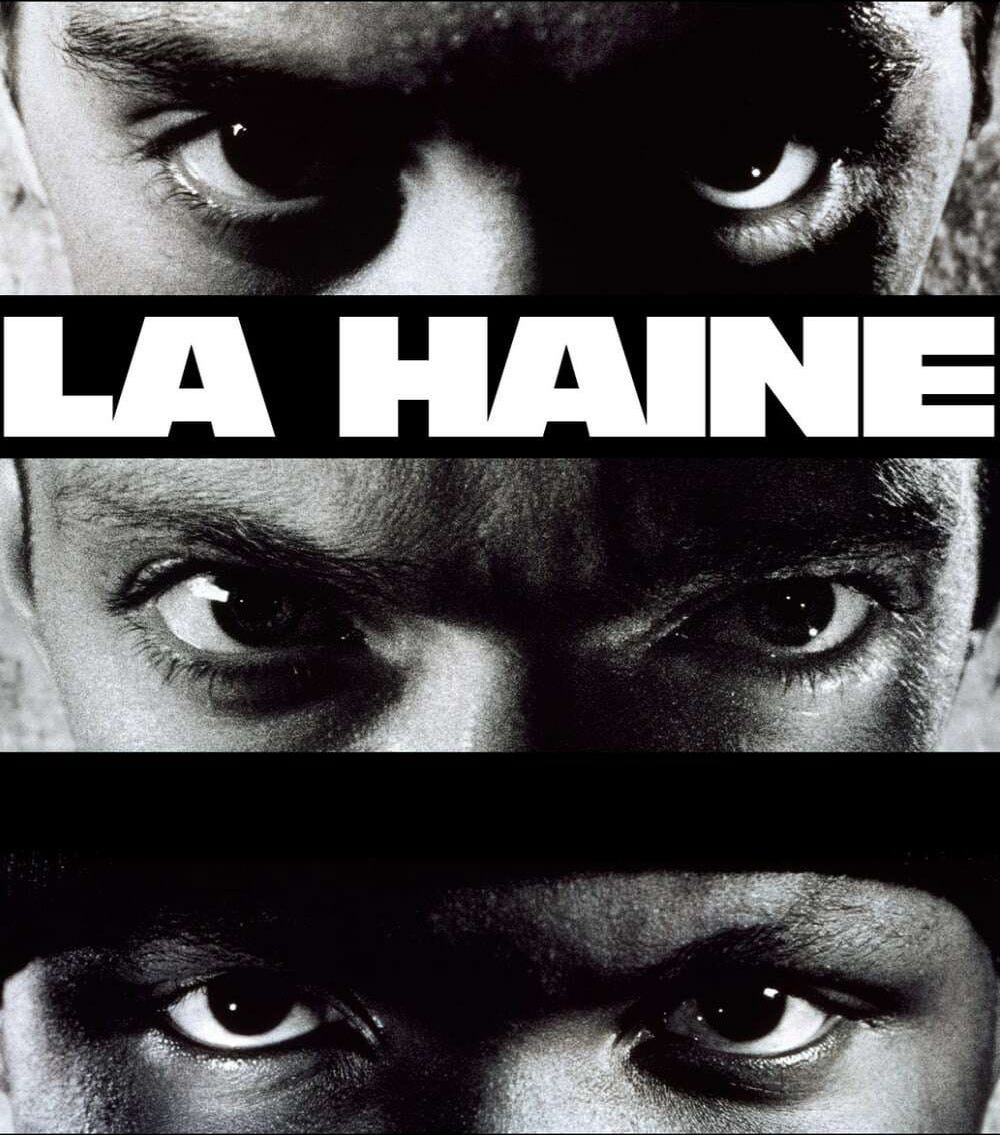
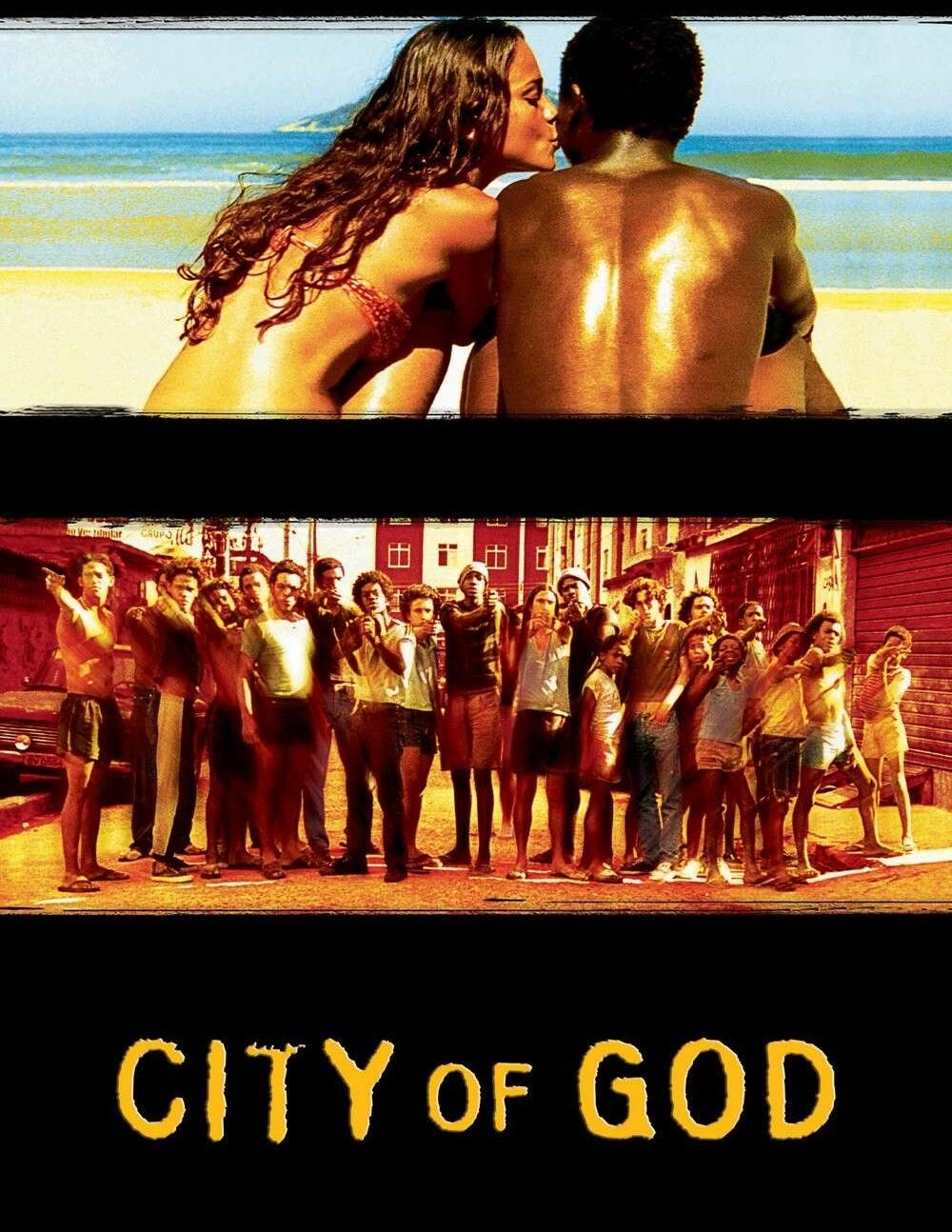
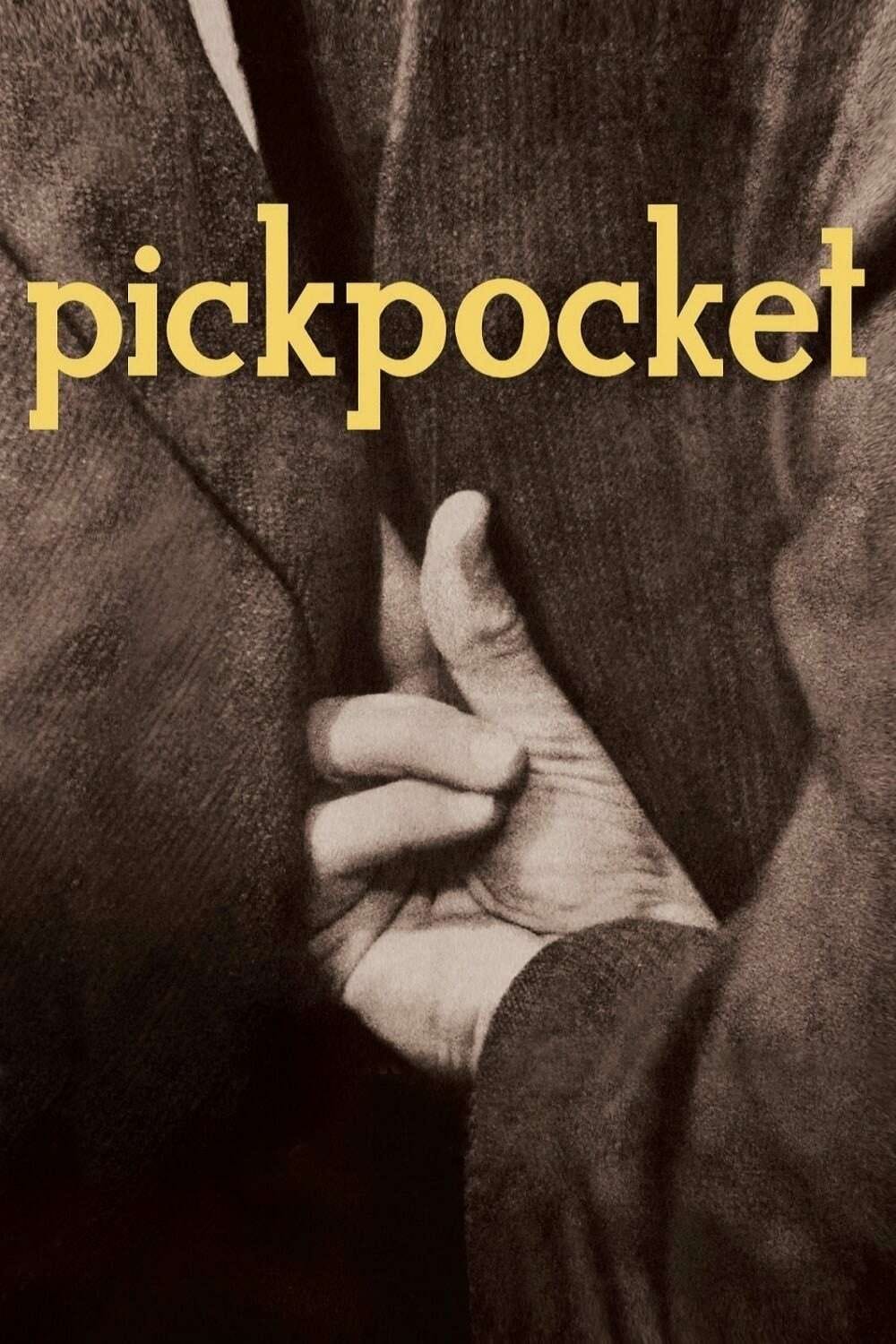
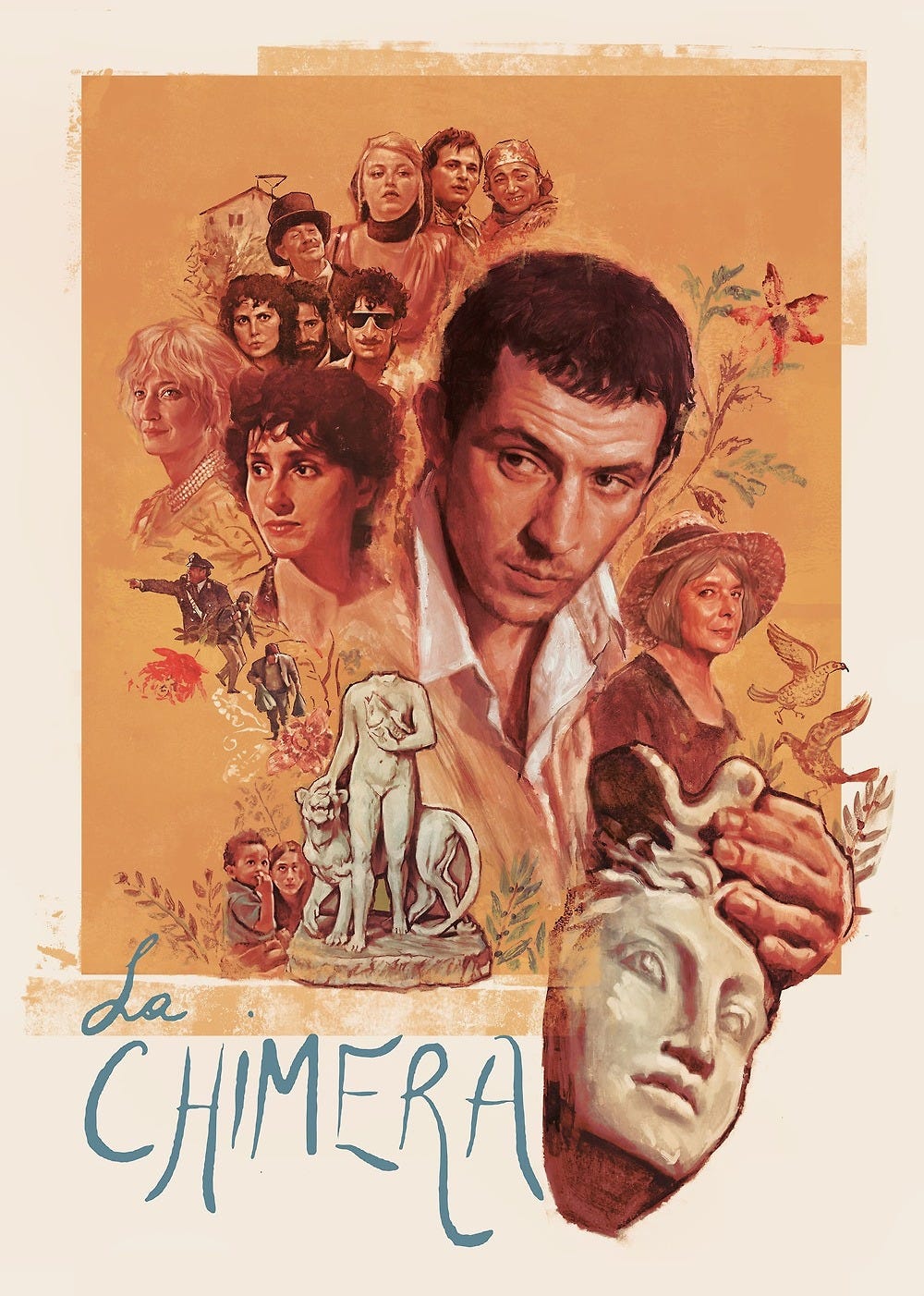
Watched City of God the other night - what a film!